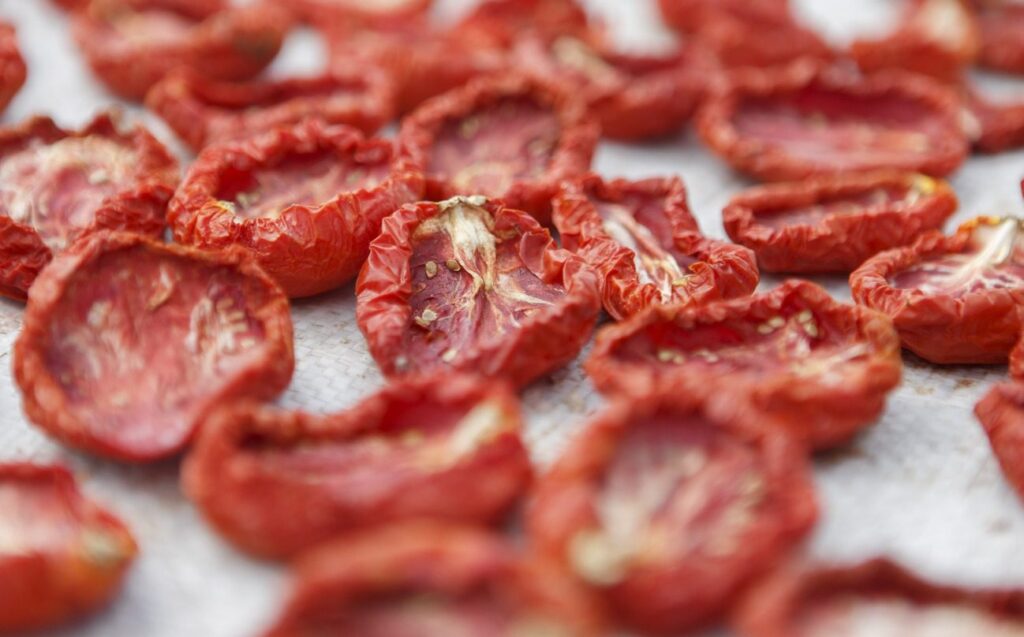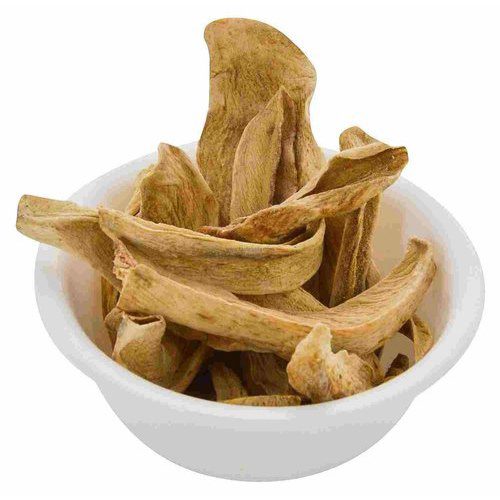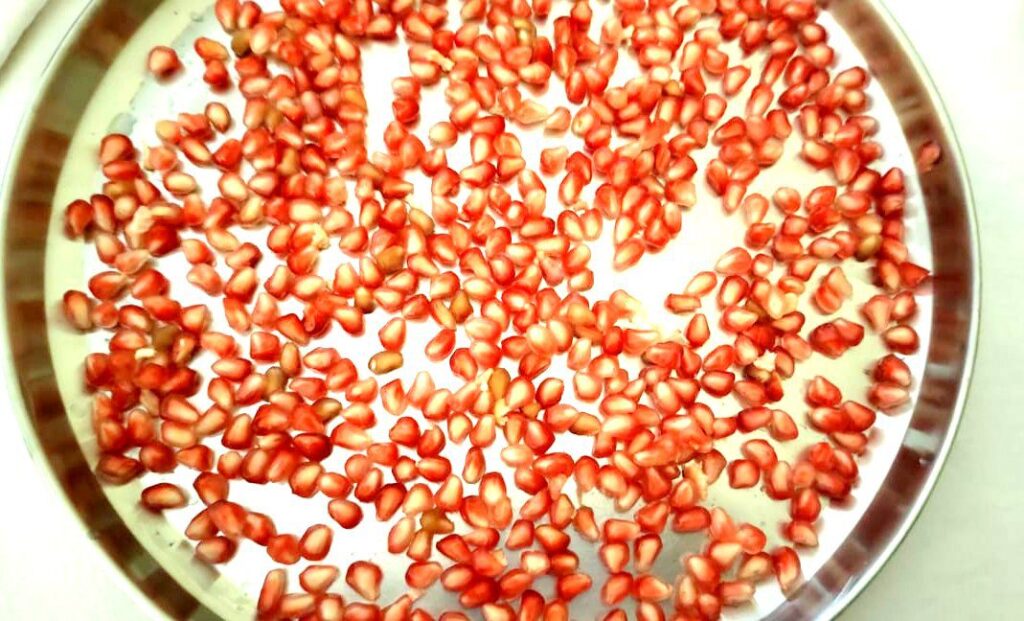
sun dried tomatoes
Well, yes there has been a five day gap! & NO, I haven’t forgotten about the blog, it’s just that I’ve been extremely busy whipping up goodies to meet very short deadlines.
Ok so, it’s April and we have entered into full blown tropical summers. Here in India, summers are the times when you see households putting the solar energy to best use. This is the time when the stock of bottle masalas, pickles, papads, vadis, etc – that would probably last for one whole year are made.
For me, summer days bring back memories of how my mother, along with the ladies in my neighborhood would enthusiastically plan and prepare the schedule of the food items they will be sun-drying. I still remember the ladies would all gather at my place, their non-stop chatter of what best budget they can draw to make these things. Then they would even go shopping together. That was the kind of bonding they shared. And when they finally made those batches of papads, pickles, dried vegetables (you name it) they would share it for tasting.
Basically, everything that the family fancys to eat as a accompaniment with their everyday food would be dried and stocked up in jars and bottles.
Sun-dried raw mango – It is used to make amchur powder which can be added in chutney, curries and dals. It lends the much needed zest and sourness to the fish curries too.

STEPS TO SUN-DRYING
Sun drying has been a commonly used as a method for preserving food since ages. The method is both safe and easy to do. Does need a few careful steps before you decide to try it.
- Choose the fruits and vegetables carefully – They have to be fresh, ripe and clean.
- Cutting and pitting (removing seeds) – Smaller produce can be left whole, but for large items like tomatoes, bittergourd, mango etc you should cut the fruit into smaller pieces. Otherwise the insides of the fruits / veggies would rot.
- Uniformity – When slicing the produce, try your best to keep everything the same size. That way, they will dry at the same rate.
- Salting / Soak the foods – Usually salt is smeared over the veggies and fruits if you want to use them for pickling. Alterntely you can soak them in lemon juice for about five minutes, to keep them from turning brown while sun drying. You can also use wine in some cases. eg mushrooms etc.
- Let the Sun Drying Begin – Put your pre-treated fruits and veggies on a clean and flat surface, making sure the sunlight is reaching them. Do not overcrowd the trays, spread them out in a single layer, this will ensure their exposure to the sun and they will dry at the same rate.
- Select a good location for the drying – The area should be exposed to direct sunlight and good ventilation. It’s best to protect the food with muslin cloth or any clean transparent cloth.
- Flip your Fruits and Veggies – An important step. Use a spatula or a spoon for this and it needs to be done everyday till the food has thoroughly dried.
- Make sure you bring the sun-drying foods back into your house at sunset. Do not leave them out.
- The process of drying usually starts after about 3 days. Some veggies take longer, so don’t assume you are done after three days, especially if you are in a humid climate.
- How to know if they are fully dried up – There should be no moisture in them. They will be hard and breakable. Fruits would have shrivelled up. Eg. grapes, mango, peaches, etc
Another fruit that can be sun-dried – pomegranate seeds . It adds a great flavour to the chutneys, biryanis, salads, curries etc. You can use them in powdered form.

